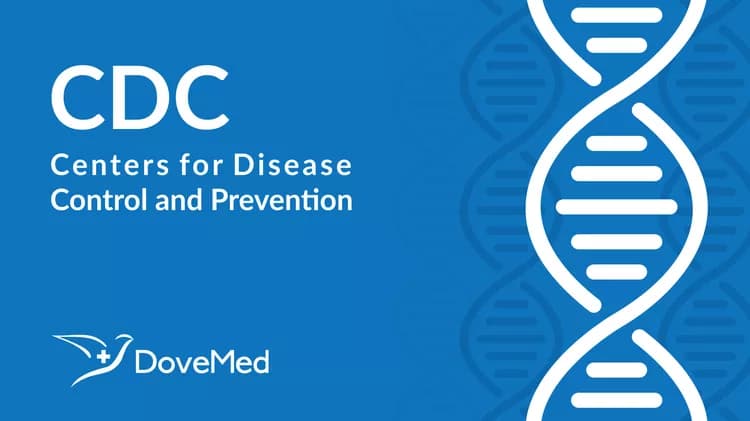
The Number of Women with Opioid Use Disorder at Labor and Delivery Quadrupled from 1999-2014
The number of pregnant women with opioid use disorder (OUD) at labor and delivery more than quadrupled from 1999 to 2014, according to a new analysis by the Centers for Disease Control and Prevention (CDC). This first-ever multi-state analysis of trends – published today in CDC’s Morbidity and Mortality Weekly Report – reveals significant increases in the 28 states with available data.
People with OUD have a problematic pattern of opioid use that can result in health problems, disability, or failure to meet major responsibilities at work, school or home. OUD during pregnancy has been associated with a range of negative health outcomes for both mothers and their babies, including maternal death, preterm birth, stillbirth, and neonatal abstinence syndrome (NAS).
“These findings illustrate the devastating impact of the opioid epidemic on families across the U.S., including on the very youngest,” said CDC Director Robert R. Redfield, M.D. “Untreated opioid use disorder during pregnancy can lead to heartbreaking results. Each case represents a mother, a child, and a family in need of continued treatment and support.”
Opioid use disorder during pregnancy: A growing national problem
Using data from the Agency for Healthcare Research and Quality’s (AHRQ) Healthcare Cost and Utilization Project (HCUP) National Inpatient Sample
external icon
, researchers found that the national prevalence rate of OUD increased from 1.5 per 1,000 delivery hospitalizations in 1999 to 6.5 in 2014. On average, the national prevalence rate grew by 0.39 cases per 1,000 each year.
Analysis of data from the AHRQ’s HCUP State Inpatient Databases
external icon
found significant increases in all of the 28 states with at least three years of data available for analysis. Over the study period, the average annual rate increases were lowest in California and Hawaii (growth of less than 0.1 cases per 1,000 each year) and highest in Maine, New Mexico, Vermont, and West Virginia (all with growth of more than 2.5 cases per 1,000 each year).
“Even in states with the smallest annual increases, more and more women are presenting with opioid use disorder at labor and delivery,” said Wanda Barfield, M.D., M.P.H., F.A.A.P., Rear Admiral, U.S. Public Health Service (USPHS), and director, Division of Reproductive Health. “These state-level data can provide a solid foundation for developing and tailoring prevention and treatment efforts.”
The state-level analysis found that the OUD rates varied by state, from the lowest rates in D.C. (0.7 cases/1,000 hospital births) and Nebraska (1.2) to the highest rates in West Virginia (32.1) and Vermont (48.6). The report notes that while variability by state may reflect differences in opioid prescribing rates or the prevalence of illicit drug use, it could also reflect improved screening, diagnosis, and treatment of OUD and NAS.
Opioid use disorder during pregnancy: CDC-recommended actions
Some recommended strategies for addressing OUD among pregnant women include:
Ensuring appropriate opioid prescribing, in line with the 2016 CDC Guideline for Prescribing Opioids for Chronic Pain.
Maximizing and enhancing prescription drug monitoring programs (PDMPs)
pdf icon
[7.8 MB, 2 pages], state-based databases that collect, monitor, and analyze controlled substance dispensing.
Implementing universal substance use screening at the first prenatal visit, as recommended by the American College of Obstetricians and Gynecologists
pdf icon
[199 KB, 14 pages]
external icon
.
Ensuring pregnant women with OUD have access to medication assisted therapy
external icon
and related addiction services.
Ensuring mothers with OUD receive adequate patient-centered postpartum care, including mental health and substance use treatment, relapse-prevention programs, and family planning services.
Reducing the burden of OUD on pregnant women and infants is a key component of CDC’s response. The agency is supporting state-based perinatal quality collaboratives (PQCs). These state or multi-state networks of teams are working to better identify women with OUD during pregnancy and to standardize care for mothers and NAS-affected infants.
CDC is also improving data collection around OUD among pregnant women who recently gave birth. In 2016, CDC expanded the Pregnancy Risk Assessment Monitoring System (PRAMS) in some states to include questions that assess substance use before and during pregnancy. Additionally, CDC monitors and reports on the incidence of NAS among infants. To date, nine states have made NAS or the broader diagnosis of a substance-exposed infant reportable to state health departments. These data sources can provide a solid foundation for developing and tailoring OUD prevention and treatment efforts for pregnant women and women of reproductive age.
For more information about CDC’s work to improve maternal and infant health outcomes, visit www.cdc.gov/reproductivehealth.
###
U.S. DEPARTMENT OF HEALTH AND HUMAN SERVICES
Related Articles
Test Your Knowledge
Asked by users
Related Centers
Related Specialties
Related Physicians
Related Procedures
Related Resources
Join DoveHubs
and connect with fellow professionals

0 Comments
Please log in to post a comment.